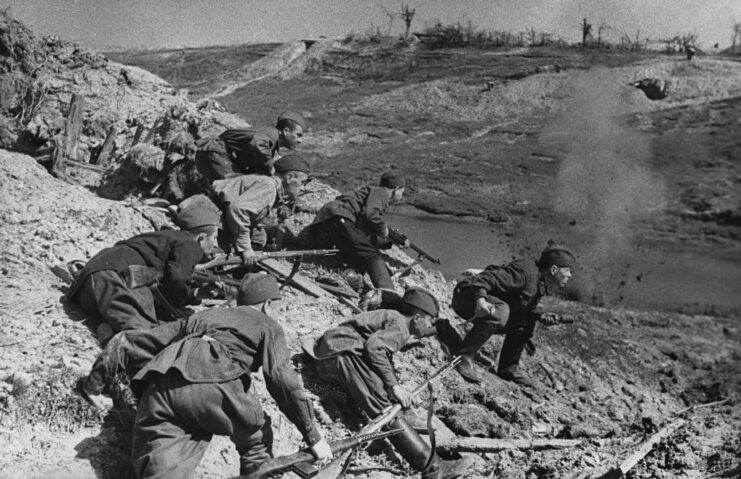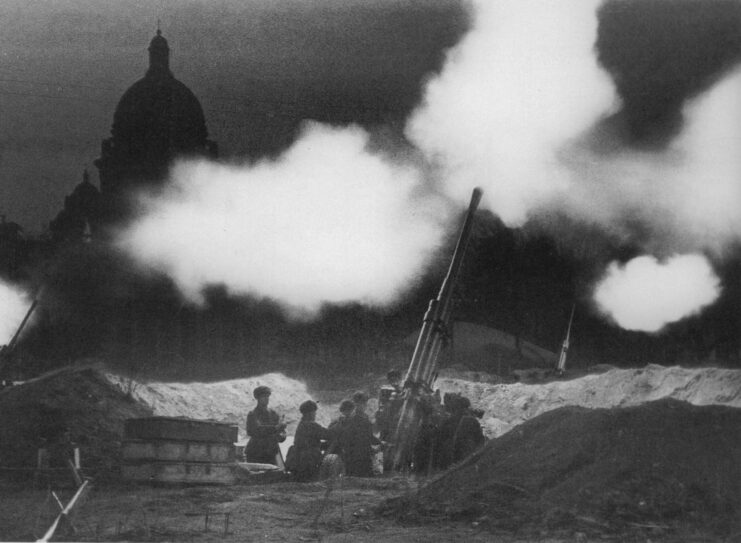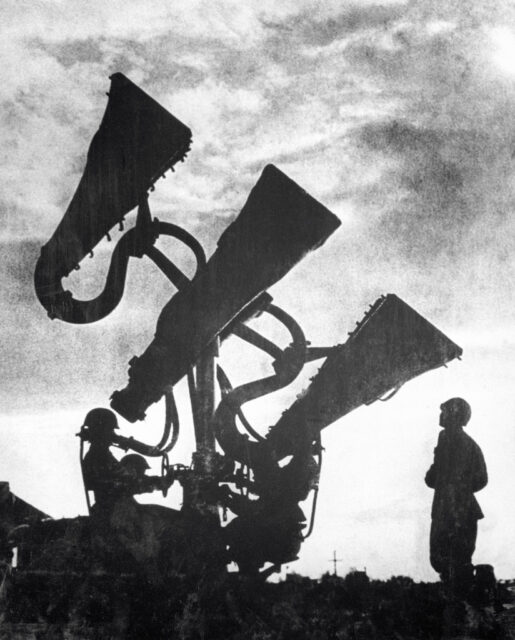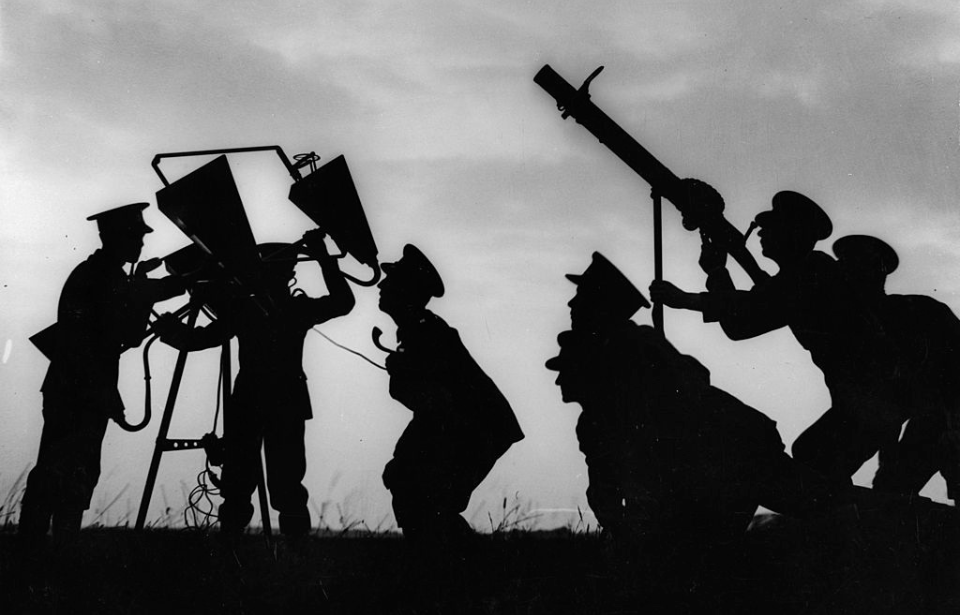The Red Army turned to desperate measures following Operation Barbarossa, as they were outnumbered. In one instance, they deployed camels, instead of horses, during the Battle of Stalingrad. This wasn’t the first time they made unique choices. Months after the commencement of the invasion, the Soviets used blind citizens to defend Leningrad against the German siege.
Siege of Leningrad

The Siege of Leningrad began on September 8, 1941 and lasted until January 27, 1944. During the 872-day engagement, the city was decimated by German forces, taking a toll on both civilians and military personnel.
When it began, the Luftwaffe launched an intense bombing campaign that was designed to disrupt Soviet food supply chains and cause widespread starvation. The bombings on September 8 alone started 178 fires. Just over a week later, the city experienced its heaviest air raid of the Second World War, with the Germans dispatching 276 bombers. They were spread out across six separate raids, killing 1,000 civilians and hitting five hospitals.
The bombings only intensified until the siege was finally lifted, leaving the Red Army with one logical way to defend the city.
‘Eavesdroppers’

Defending against air raids, including the early detection of incoming German bombers, was of the utmost importance.
At the beginning of the war, sound detectors were heavily used, alongside radar, to do so. These strange-looking contraptions were made up of different metal tubes attached to a headset. They were worn by men called “eavesdroppers,” who stayed in the same position for hours on end, listening for the slightest hum of incoming aircraft.
When they heard incoming aircraft, these eavesdropper would warn the others, so they could turn on the searchlights and try to identify their location, increasing the chance of targeting the bombers with anti-aircraft guns. The only problem was these men weren’t very good, a difficult job only made harder by having to do it during loud air raids.
In 1941, the Red Army decided it needed to overhaul the system, employing those in the city with the best hearing: the blind.
Deploying blind citizens during the Siege of Leningrad

Of the 300 blind citizens remaining in Leningrad during the siege, only 12 were selected to actually be “eavesdroppers,” due to the physical requirements of the job.
These incredible people were immediately more effective than those who came before them. Not only were they able to identify when the Luftwaffe were incoming, they could also often tell what model and how many aircraft there were.
More from us: The ‘Filthy Thirteen’ Were the Real-Life Paratroopers Who Inspired ‘The Dirty Dozen’
While they excelled at this work, it was far from easy. Having to sit in the same position for hours on end listening to loud sounds led to stiffness of the neck, terrible migraines and other bodily pain. They also weren’t exempt from the danger of these air raids; two of the 12 were killed during the siege.
Although they received many awards for their service, they all went back to civilian life, instead of carrying on with the military.
